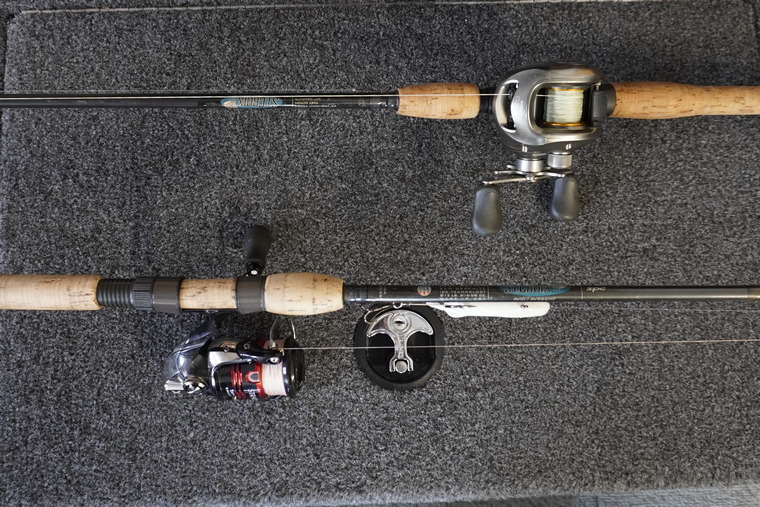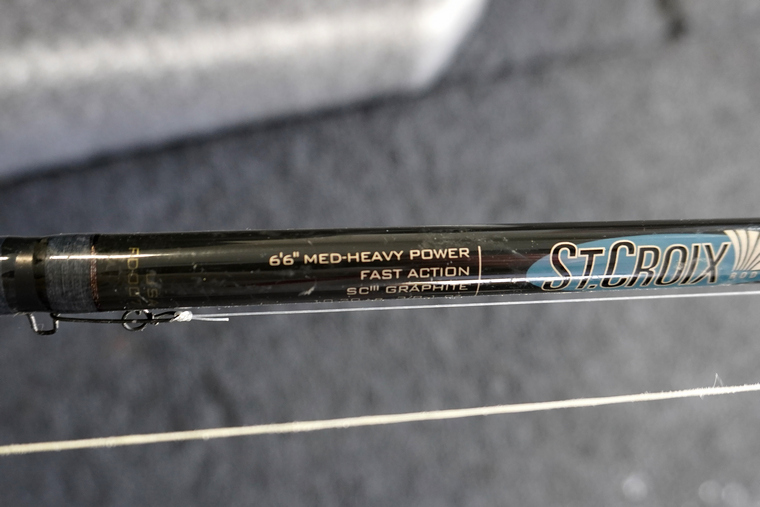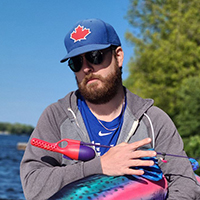The fishing rod, the cornerstone of all angling equipment, has come a long way since its primitive origins. Today, the fishing rod industry is driven by species- and technique-specific designs to meet the diverse needs of anglers. All that rod lingo can be confusing for many. Here’s all you need to know about choosing a new fishing rod.
Graphite: The most common material for modern rods. These rods are light and highly sensitive — great for precision fishing. Graphite costs more than fibreglass and is more prone to breaking.
Fibreglass: Durable and affordable, fibreglass rods are heavier and less sensitive than graphite. They excel for trolling, set lines for carp and catfish, and for anglers seeking robust equipment.

Spinning rods are designed for spinning reels mounted under the rod blank. Baitcasting rods usually have a trigger and are designed for casting reels mounted on top of the rod blank. New anglers or those looking for a general multispecies rod should go spinning.

Power: This describes a rod’s strength and its ability to handle weight (both lure and fish) without breaking. They are categorized as:
Fast: Action refers to how quickly a rod returns to its natural position after a load is removed, though manufacturers often label it based on where the rod bends. They are labelled like this:
A slower rod bends closer to the butt and feels whippy. A fast rod feels stiffer. Each action is better for certain fishing presentations.
Grips can be made of cork, composite, or rubber materials. The choice between split-grip and full-grip designs is primarily personal or aesthetic.
One-piece rods offer maximum strength and sensitivity, while rods that break into multiple segments offer convenient storage and transport. It’s hard to go wrong with a 2-piece starter rod.
Our picks for your first rod, not counting float, trolling, and fly rods, and with general fishing (not technique-specific) tactics in mind.
Originally published in Ontario OUT of DOORS’ Fishing Annual 2025



Contact Information
PO Box 2800 / 4601 Guthrie Dr.
Peterborough, Ontario Canada K9J 8L5
Phone: 705-748-OFAH (6324)
Fax: 705-748-9577
Join Our Newsletter
Watch
Shop
Follow